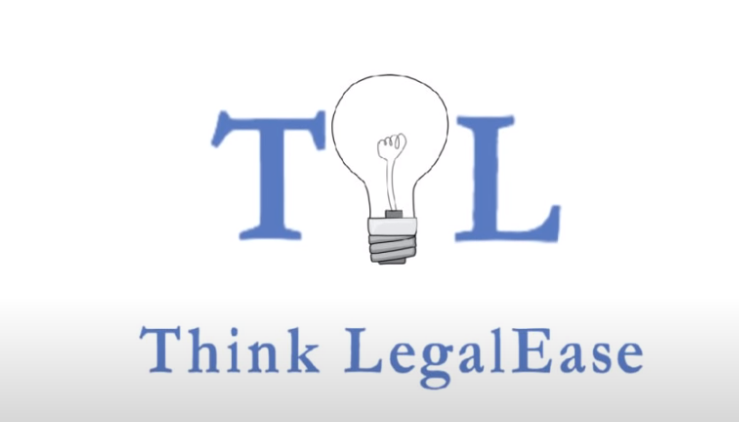
Speaker 1: I hope this finds you well. Self-defense is a basic right. The Second Amendment of the United States Constitution protects a citizen's right to bear arms. In 2008, the Supreme Court ruled on a case called District of Columbia versus Heller. The US Supreme Court has not considered a direct Second Amendment challenge since 1939. In a case called US versus Miller, that case involved an unregistered double barrel 12 gauge shotgun. The barrel was less than 18 inches in length. The Supreme Court held at that type of shotgun was not part of any ordinary military equipment or that it contributed to the common defense. Let's jump into the case. Heller was decided on June 26th, 2008 by a vote of five to four. The opinion was authored by the late Justice Scalia. He was joined in the majority by Chief Justice Roberts, justice Kennedy, justice Thomas and Justice Alito. The dissenters were Justice Stevens, justice Suiter, justice Ginsburg, and Justice Breyer.
Speaker 1: So the question the court had to answer was whether the District of Columbia statutes that limited the licensing of handguns and required licensed handguns in the home to be disabled, violated the Second Amendment. So here's what happened. The case began in 2002 with six plaintiffs, Shelly Parker, Tom Palmer, Jillian St. Lawrence, Tracy Ambo, George Lyon and Dick Heller. We will only discuss Dick Heller. Heller was a special police officer in Washington dc. He was authorized to carry a weapon while on duty, but did not have one at his home, so he decided to get one for his home. The DC Gun laws at that time prohibited the possession of a handgun and made it a crime to carry an unregistered firearm. The registration of handguns was also prohibited. On top of that, no person was allowed to carry a handgun without a license. However, the chief of police could issue licenses for one year increments.
Speaker 1: The law also required residents to keep their lawfully owned weapons unloaded and disassembled or under a trigger lock unless they were located in a place of business or being used for recreational activities. Heller by his own account lived in a neighborhood that had fallen into decline. So Heller applied for a license to possess a handgun at home for self-defense. He was refused. This refusal started the whole journey to the halls of the United States Supreme Court Heller filed suit in the Federal District Court for the District of Columbia, seeking to enjoin the city from enforcing the registration limitation on handguns, as well as the licensing requirement and the trigger lock requirement. The district court dismissed Heller's complaint. The Court of Appeals for the District of Columbia Circuit reversed the district court and held that the Second Amendment protects an individual's right to possess firearms, and that the DC ban on handguns and the home non-functional requirement violate that Second Amendment right to bear arms for self-defense.
Speaker 1: The Second Amendment reads as follows, a well-regulated militia being necessary to the security of a free state, the right of the people to keep in bear arms shall not be infringed. This case really centered on the interpretation of the Second Amendment. The opinion was authored by Justice Scalia, an originalist, and this opinion is arguably one of his most influential opinions. So the court broke the amendment into two pieces, the preparatory clause and the operative clause. With respect to the preparatory clause, a well-regulated militia being necessary to the security of a free state militia should not be confined to those serving in the military because at the time, the term referred to all capable men who could be called into service. Furthermore, the preparatory clause doesn't limit the operative clause. The operative clause is the right of the people to keep and bear arms shall not be infringed.
Speaker 1: Justice Scalia looked at how the words were used elsewhere in the Constitution and at the time of the Constitution's adoption. You also looked at the historical background of the amendment and similar provisions in state constitutions near the time of adoption. The court also looked at pre and post Civil War commentaries to aid in interpretation. The court ruled that the Second Amendment extends a right to all individuals to keep firearms. The Second Amendment is not absolute, however, but a complete ban on a class of weapons, in this case, handguns, even for a lawful purpose, violates the Second Amendment of the Constitution. Furthermore, the right to bear arms is in step with that natural right to defend oneself. Overall, the DC laws were in violation of the Second Amendment. Justice Stevens wrote a dissent and he was joined by Justice Suitor, justice Ginsburg and Justice Breyer. Justice Stevens argued that the Second Amendment does not create some unlimited right to possess guns for self-defense purposes.
Speaker 1: The Second Amendment was adopted to maintain a well-regulated militia and the majority based its judgment on a strained and unpersuasive reading of that text. He also like Justice Scalia, looked at texts and commentaries from the time of adoption of the Second Amendment, and remember the Miller case I previously mentioned while Stevens stated that the Miller case represents stare decisis and should not be departed from in this case, remember definitions are in the description below. Justice Brayer also wrote a dissent. Brayer proposed a balancing test approach and offered that the court should consider studies and statistics to apply that test with deference to the legislatures who make the laws and uphold their restrictions. Thanks for watching and in honor of Justice Scalia, I leave you with a few of his quotes that I find particularly impactful, whether for their humor or their sheer brilliance.
Credit: Think LegalEase
Also, read The History of Gun Control in the United States, Part 3 by USCCA
